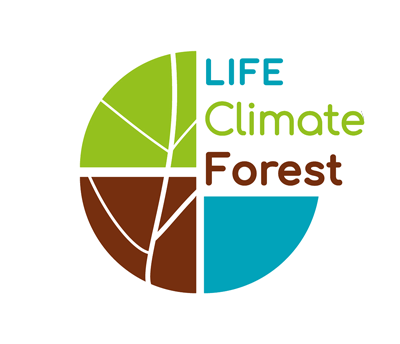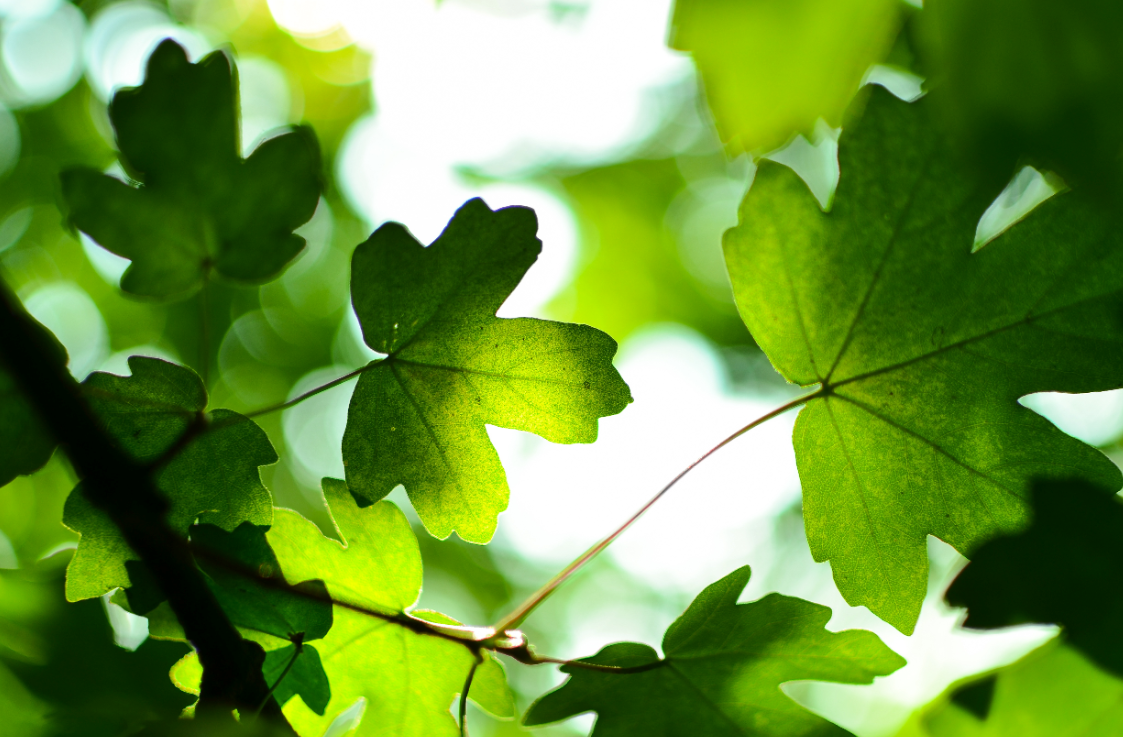Municipal forests Hilvarenbeek
In this demonstration forest, you can see the (long-term) effects of tree-oriented forest management.
- Owner: Municipality of Hilvarenbeek
- Administrator: Bosgroep Zuid Nederland
- Location: Municipality of Hilvarenbeek (Noord- Brabant)
- Size: 296 ha
- Soil: Field podzolic soil (was heathland clearing forest)
Visiting this demonstration forest?
The forest areas of the municipality of Hilvarenbeek are freely accessible to visitors. North of forest area Goirlesedijk is a car park from where you can view the various (results of) measures. Bosgebied 't Stuk and bosgebied Katschutte do not have a specific car park, but are freely accessible.
Municipal forests Hilvarenbeek
The municipality of Hilvarenbeek owns several forest areas. Within the Life Climate Forest project, work mainly took place in forest area Goirlesedijk, forest area 't Stuk and forest area Katschutte. Forest area Goirlesedijk and forest area 't Stuk are first-generation pine forests established on former heathlands. Bosgebied Katschutte is in the middle of an agricultural area.
In these three forests, we have been applying tree-oriented management for some time. Here, we focus on the quality and vitality of individual trees and intervene locally. We focus on mixing species and ages and we want to ensure that wood production, recreation and biodiversity have a joint place within the forest system.
Measures
- We used the already existing thinning paths re-marked to avoid unnecessary soil compaction.
- The current network of Old, Decaying and Dead trees (OAD) we further expanded by designating habitat trees.
- A forest tracking took place (on ± 145 ha) with a specific focus on selecting vital and quality tree species from the 2nd tree layer.
- All existing quality trees On ± 100 ha, we again released.
- Some of the quality trees are as necessary pruned and/or guided pruning has taken place.
- In particular, we have drought- and heat-resistant alien tree species planted:
- Abies bornmuelleriana
- Pinus nigra Maritima
- Cedrus libani atlantica
- Carpinus betulus
- Corylus colurna
- Fagus orientalis
- Pseudotsuga menziessii
- Quercus cerris
- Quercus petraea
- Quercus pubescens
- Sequoia sempervirens
- Sorbus torminalis
- Tilia cordata
- Tilia tomentosa
- Castanea sativa
- Alnus cordata
- We paid extra attention to the light availability at planting sites. To promote (also) the incidence of lateral light, we increased light availability via buckling and sawing.
1. Thinning paths
The forest area is well-connected to heavy traffic and all forest plots are well-connected with thinning paths. These thinning paths are located every 20 metres, centre-to-centre and parallel to each other.
2. AOD network
The development of old trees and forest parts is a challenge in the forest areas Goirlesedijk, Katschutte and 't Stuk. Old trees thicker than 30 cm occur sparsely as lying or standing deadwood, but this proportion may increase. In forest area Goirlesedijk, 4.76 ha was already designated as forest reserve within which no management is carried out and trees can go through the decay phase. here In forest area 't Stuk, 3.04 ha had already been designated as a forest reserve.
We expanded the AOD network by designating habitat trees.
6. Young plantings
In several places in forest area 't Stuk and forest area Goirlesedijk, you can see groups of young plantings. Because native oak and Scots pine are already common and not without risks under climate change, we have planted more with more drought- and heat-resistant deciduous species. The added advantage of deciduous species is that they have no evaporation in winter, allowing water to be stored in the soil, and deciduous species are generally less prone to natural disturbances.



